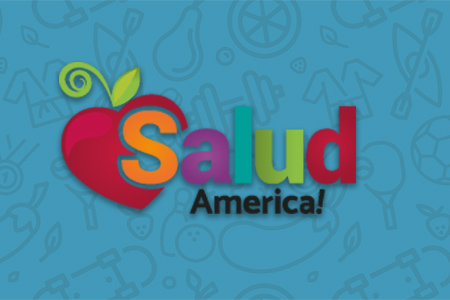
Share On Social!
Editor’s Note: This is Part 2 of a series on new Salud America! research briefs examining Latino youth nutrition, physical activity and marketing. Today’s focus is nutrition.
 The modern urban environment, replete with convenience stores and fast-food restaurants, has provided easy access to generally unhealthy foods and beverages, while not always providing access to healthy ones, especially in Latino communities.
The modern urban environment, replete with convenience stores and fast-food restaurants, has provided easy access to generally unhealthy foods and beverages, while not always providing access to healthy ones, especially in Latino communities.
A new Salud America! research brief shows that:
- Families and youth residing in low-income, Latino neighborhoods often face limited access to supermarkets, chain grocery stores and healthy foods.
- Latino high school students have greater access to both unhealthy and healthy food choices than do other high school students.
- Compared with the national average, food insecurity is substantially higher in Latino households.
- The influence of meals on Latino nutrition and overweight is complex: Eating away from home and at home can both contribute to poor dietary behaviors and obesity among certain Latino subgroups.
- “Empty” calories from solid fat and added sugars constitute a large proportion of total calories consumed by Mexican-American and other Latino children.
- Cultural traditions about infant and toddler feeding may contribute to subsequent overweight among Latino children.
But there is good news.
Research suggests that small dietary changes can greatly improve health status among Latino youth, and intensive, multi-component, culturally relevant, school-based interventions that integrate nutrition, physical activity, behavior change and social marketing can improve healthy eating and promote weight loss in Latino youth.
Bringing healthy, affordable foods to all neighborhoods should be a priority within Latino communities since they are disproportionately affected by obesity.
Local governments should consider zoning ordinances and positive financial incentives to improve food environments. Such efforts may include tax incentives for businesses to sell low-calorie, high-nutrient foods and beverages and/or grants and loan programs, small business development programs and tax incentives that encourage grocery stores to locate in underserved areas.
Communities and city council should prioritize healthy foods and eliminate junk foods in and around schools, particularly those with large Latino populations.
Read more here.
Explore More:
Healthy Families & SchoolsBy The Numbers
142
Percent
Expected rise in Latino cancer cases in coming years



